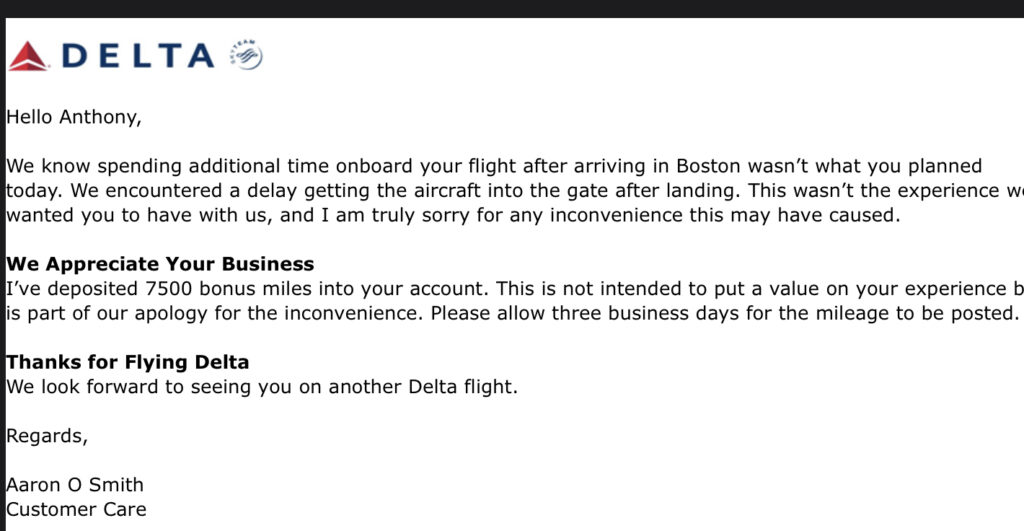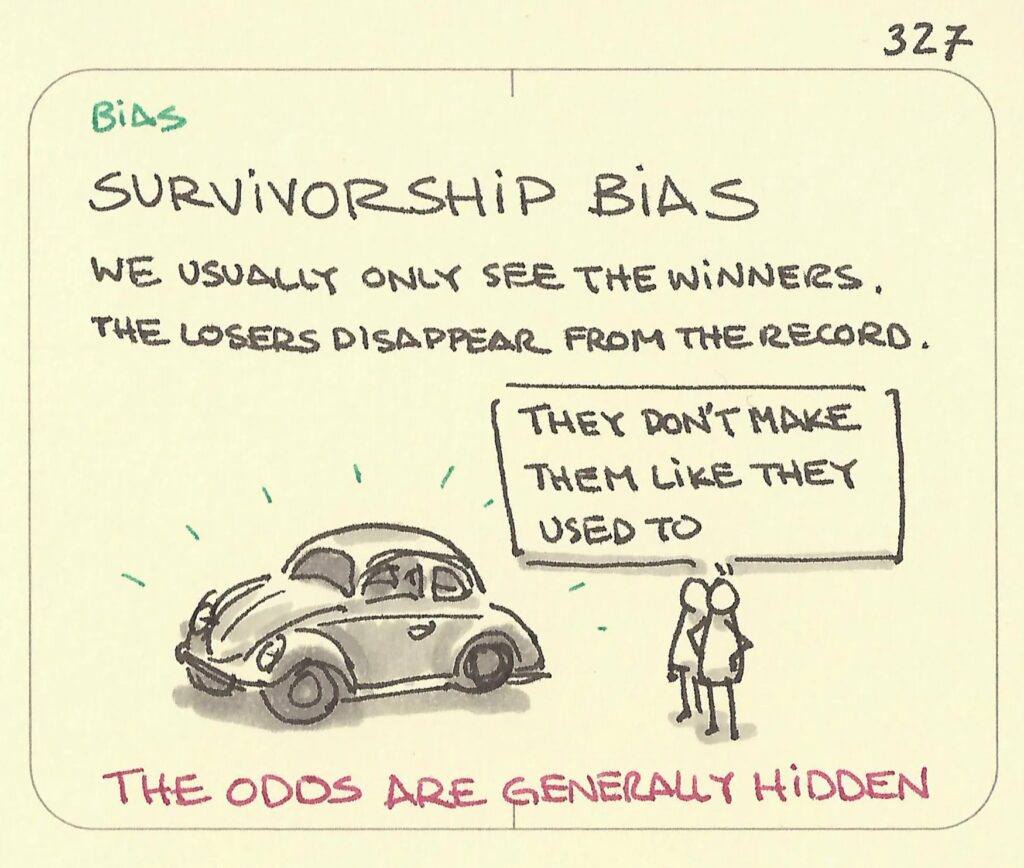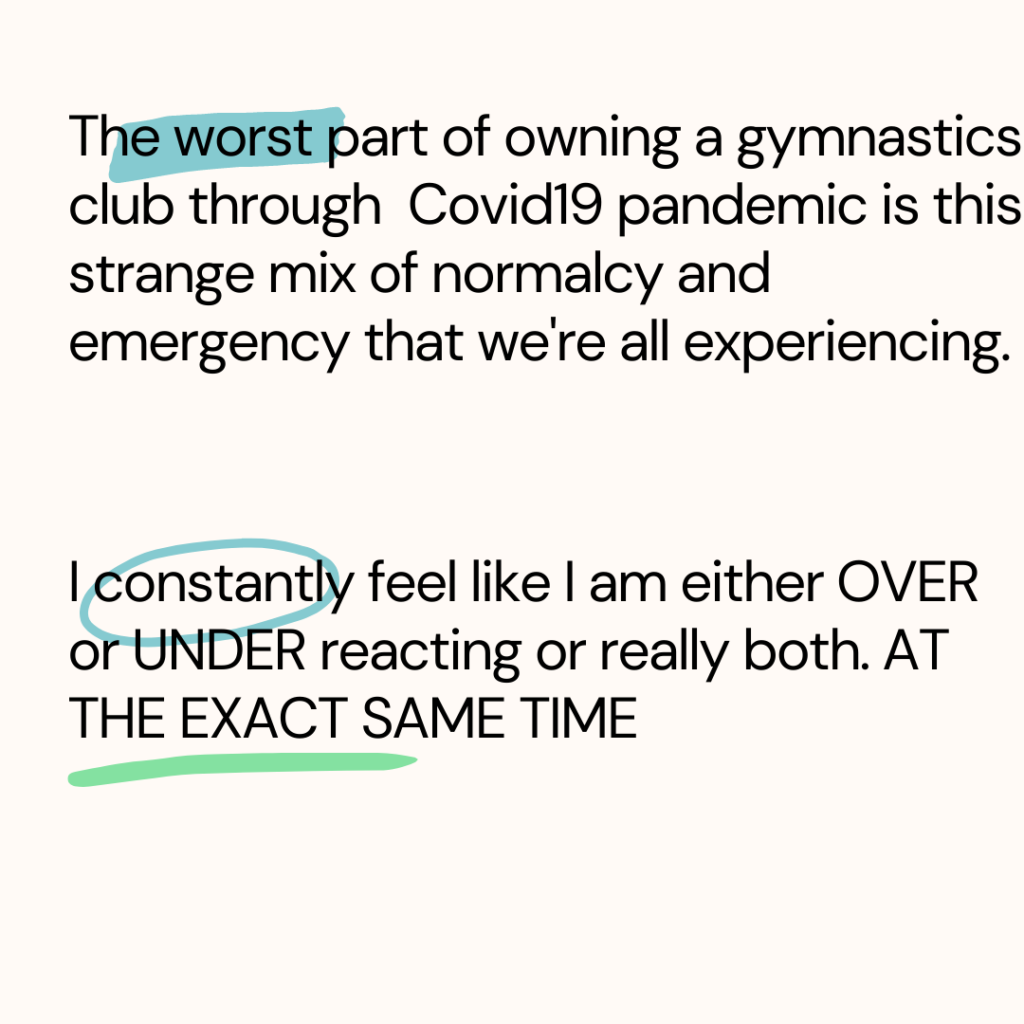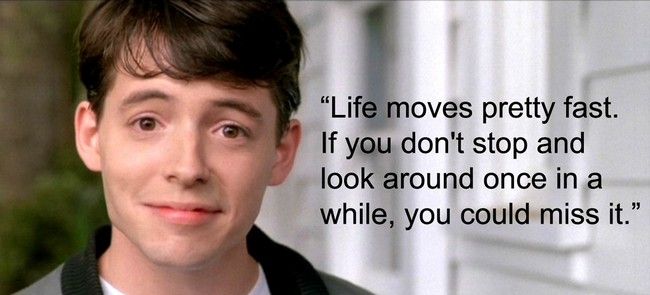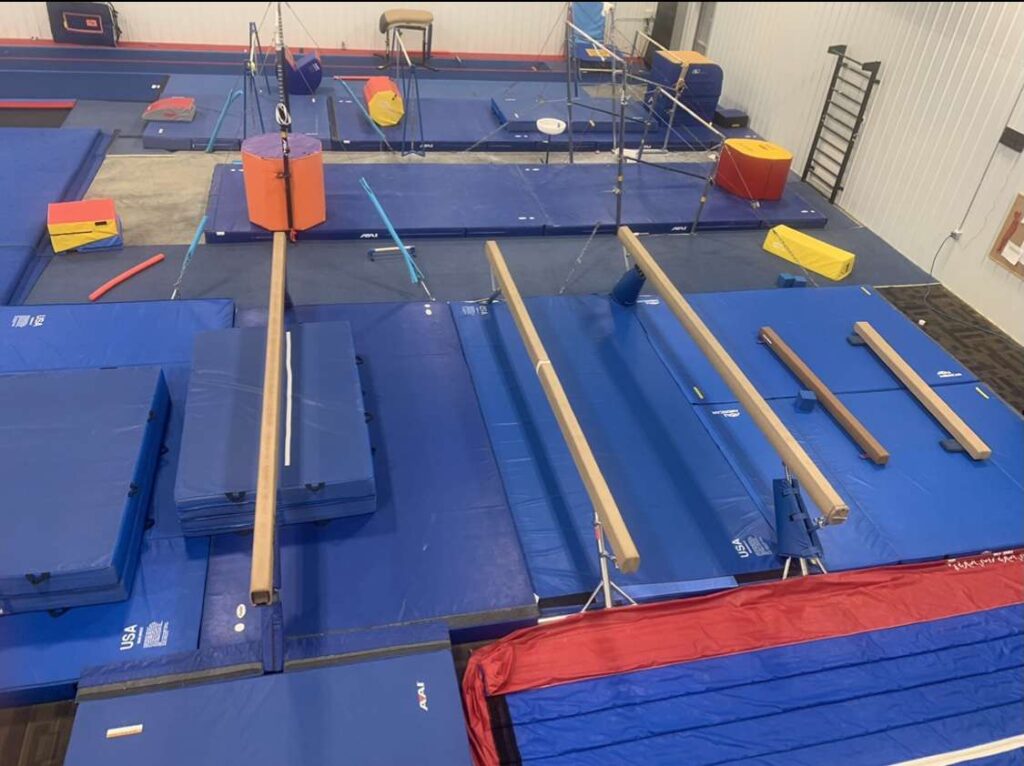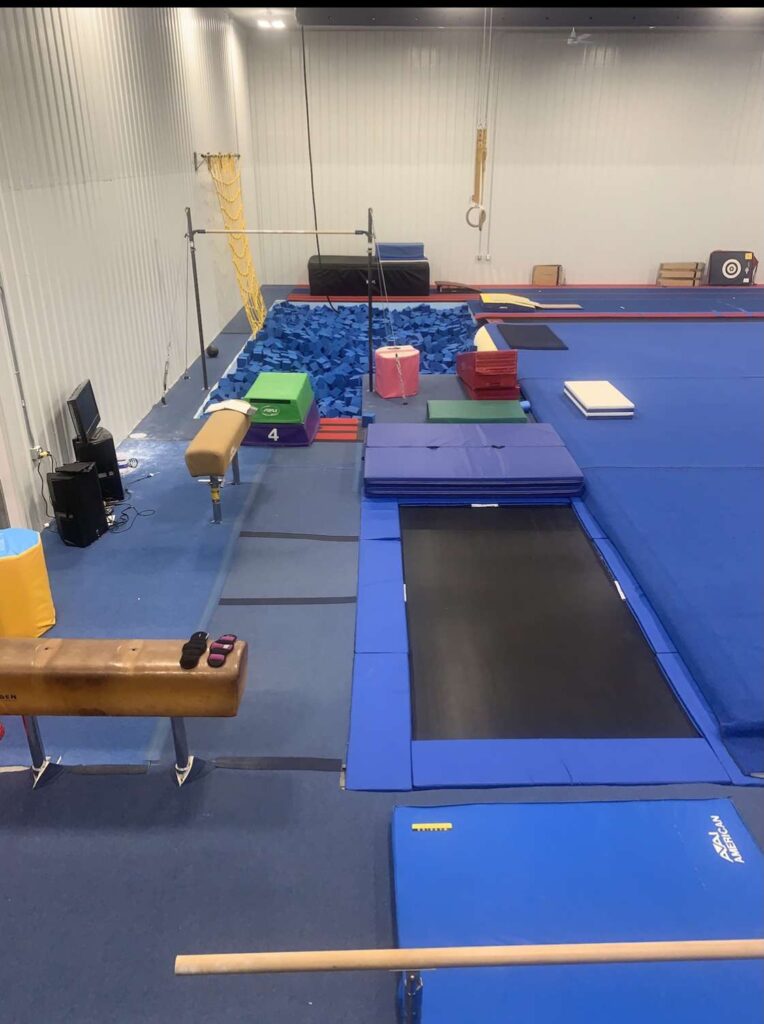I’ve never been a fan of collegiate gymnastics. That may come as a surprise, given that I’ve coached gymnasts for over three decades—more than a hundred of them going on to compete in college. But here’s the truth: the NCAA system, as successful and polished as it may appear, has been quietly eroding the core of our sport.
Let me be clear: I’m proud of every athlete who’s advanced to the collegiate level. Their commitment, their grit, their love of gymnastics—that’s what keeps this sport alive. But it’s hard to ignore the reality: the system they enter isn’t built to reward the kind of gymnastics we’ve spent years developing.
Here’s what happens. A gymnast leaves the club world with a certain skill set—sometimes extraordinary, sometimes just raw but promising. They arrive at college and… everything gets cleaned up. Watered down. Simplified. All in the name of consistency, safety, and scores. And somehow, the college coach gets all the credit.
In over 30 years, I’ve only had two college coaches ever thank me for my work: Greg Marsden and Ed Datti. That’s it. Two.
Now, with the changing landscape of college athletics, things are about to get even more complicated—and potentially devastating.
The Rich Are Getting Richer
Greg Marsden recently pointed out what many of us have known but perhaps haven’t wanted to say out loud: NCAA gymnastics has always been unequal. Better-funded programs have always had the edge—bigger budgets, better facilities, flashier recruiting. But the gap is no longer just wide—it’s chasmic.
- More scholarships (12 to 20)
- NIL deals and revenue sharing
- Transfer Portal movement
All of these disproportionately benefit the top-tier, already-wealthy programs. Schools like my beloved UNH, who’ve never been on equal footing, are now faced with an existential crisis.
Why Bother with Real Gymnastics?
We’re already seeing the impact at the developmental level. Why should a young gymnast fight for a risky combination or a high-difficulty release if they know college coaches will never use it? Why master an E dismount when the C dismount is a D in college and will do? College gymnastics has become a show—a very polished, very watchable, very safe show. But it’s no longer real gymnastics.
We tell kids to dream big, but then we point them toward a system that discourages risk and creativity. If we’re not careful, we’re going to lose an entire generation of athletes who stop striving for greatness because they see no point.
What Comes Next?
The House v. NCAA settlement 1 is going to turn everything upside down. Year One will be chaos. Year Two? That’s when the collapse starts. Athletic departments will double down on football and basketball. Non-revenue sports—ours included—will be cut, consolidated, or abandoned entirely.
We need to stop pretending someone else is going to fix this. The NCAA won’t. Congress won’t. USOPC won’t. If college gymnastics is going to survive, it will be because we—coaches, club owners, mentors—made it happen.
We need new ideas. New models. Maybe even new governing bodies. The NCAA model served its purpose, but the world has changed. If we cling to it blindly, we’re going down with it.
Final Thought: Save Yourself
The system isn’t built to save us.
It never was.
It never will be.
The ones who can save college gymnastics are the ones in the trenches. You. Me. All of us. If we work together—if we think strategically and refuse to accept “how it’s always been”—we can shape what’s next.
But time’s short. And nostalgia won’t protect us from what’s coming.
- On Friday, June 6, 2025, Judge Claudia Wilken of the U.S. District Court for the Northern District of California approved the landmark settlement in the House v. NCAA class action suit (the “House settlement”). The House settlement will fundamentally shift the economics of college athletics, allowing schools to pay Division I players directly and ending the long-standing amateurism model.1 The settlement also allows former student-athletes, who did not have the opportunity to profit off their publicity rights – i.e., rights in their name, image, and likeness (“NIL”) to collect damages.2




